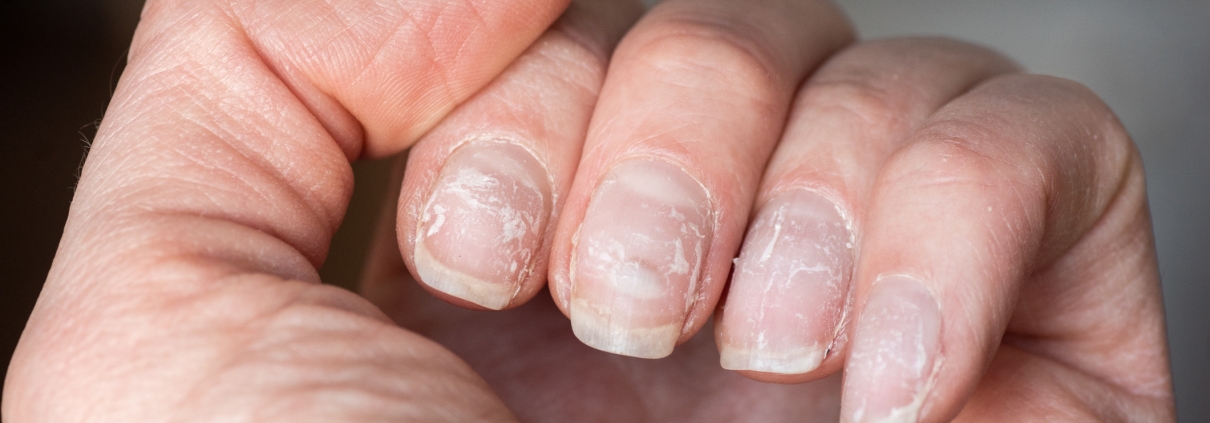The Importance of Nail Health
Nail health is often an overlooked aspect of personal hygiene and overall well-being. However, healthy nails are not only a sign of good grooming but also an indicator of underlying health conditions. This article explores the importance of maintaining nail health, common nail problems, and practical tips for keeping nails strong and healthy.
Understanding Nail Health
Nails, composed primarily of a protein called keratin, protect the sensitive tips of our fingers and toes. They play a vital role in our daily lives, aiding in tasks that require fine motor skills and providing a window into our overall health.
Components of a Healthy Nail
Nail Plate: The visible part of the nail.
Nail Bed: The skin beneath the nail plate.
Cuticle: The tissue that overlaps the base of the nail.
Nail Matrix: The area where new nail cells are produced.
Lunula: The crescent-shaped white area at the base of the nail.
A healthy nail is smooth, without pits or grooves, and uniform in color. Changes in nail appearance can signal health issues, making nail health an essential aspect of self-care.
The Importance of Nail Health
Indicators of General Health
Nails can reflect the state of our overall health. Changes in nail color, texture, or growth patterns can indicate various medical conditions:
Pale Nails: May suggest anemia or heart problems.
Yellow Nails: Could indicate fungal infections, lung conditions, or psoriasis.
Blue Nails: Can be a sign of oxygen deprivation or lung issues.
Ridged Nails: Vertical ridges are usually harmless and common with aging, while horizontal ridges (Beau’s lines) can indicate serious illness or malnutrition.
Brittle Nails: Often caused by nutritional deficiencies, thyroid problems, or prolonged exposure to water and chemicals.
Functional Importance
Nails protect the delicate tips of our fingers and toes from injuries and infections. They also enhance our ability to pick up small objects, scratch, and perform precise tasks. Healthy nails are essential for maintaining the functionality of our hands and feet.
Aesthetic and Psychological Benefits
Well-maintained nails contribute to a polished appearance, boosting self-esteem and confidence. Good nail care can also be a form of self-care, promoting relaxation and reducing stress.
Common Nail Problems
1. Fungal Infections
Fungal infections can cause nails to become thick, discolored, and brittle. They are more common in toenails due to the warm, moist environment provided by shoes.
2. Ingrown Nails
Ingrown nails occur when the edges of the nail grow into the surrounding skin, causing pain and potential infection. They are often caused by improper nail trimming or wearing tight shoes.
3. Nail Trauma
Injuries to the nails can lead to bruising, detachment, or permanent deformities. Trauma can result from accidents, repetitive activities, or poor nail care practices.
4. Psoriasis
Psoriasis can affect the nails, leading to pitting, discoloration, and thickening. Nail psoriasis requires specialized treatment and care.
5. Onycholysis
Onycholysis is the separation of the nail from the nail bed, often caused by trauma, fungal infections, or certain medications. It requires prompt attention to prevent further complications.
Tips for Maintaining Healthy Nails
Proper Nail Care
Keep Nails Clean and Dry: Prevent infections by maintaining good hygiene.
Trim Nails Regularly: Use sharp, clean nail scissors or clippers. Cut straight across and round the tips gently.
Moisturize: Apply a moisturizer to nails and cuticles to prevent dryness and splitting.
Avoid Harmful Practices
Limit Use of Nail Hardeners: Overuse can make nails brittle.
Be Gentle with Manicures: Avoid aggressive nail treatments that can damage the nail bed and cuticles.
Don’t Bite Your Nails: Nail biting can introduce bacteria and lead to infections.
Nutrition for Nail Health
Balanced Diet: Ensure a diet rich in vitamins and minerals, particularly biotin, vitamin E, iron, and zinc.
Hydration: Drink plenty of water to maintain overall health and nail hydration.
Protect Nails from Damage
Wear Gloves: Use protective gloves when doing household chores, gardening, or using harsh chemicals.
Avoid Prolonged Water Exposure: Minimize time spent in water to prevent nails from becoming weak and brittle.
When to Seek Medical Attention
Consult a healthcare provider if you notice significant changes in your nails, such as discoloration, pain, swelling, or detachment. Persistent or severe nail problems may require medical evaluation to rule out underlying health conditions.
Conclusion
Maintaining nail health is a crucial aspect of personal hygiene that impacts both our physical and psychological well-being. By understanding the importance of nail care and implementing practical tips for maintaining healthy nails, individuals can ensure their nails remain strong, functional, and aesthetically pleasing. Regular nail care, a balanced diet, and prompt attention to any nail issues can help preserve nail health and overall health, contributing to a confident and polished appearance.





